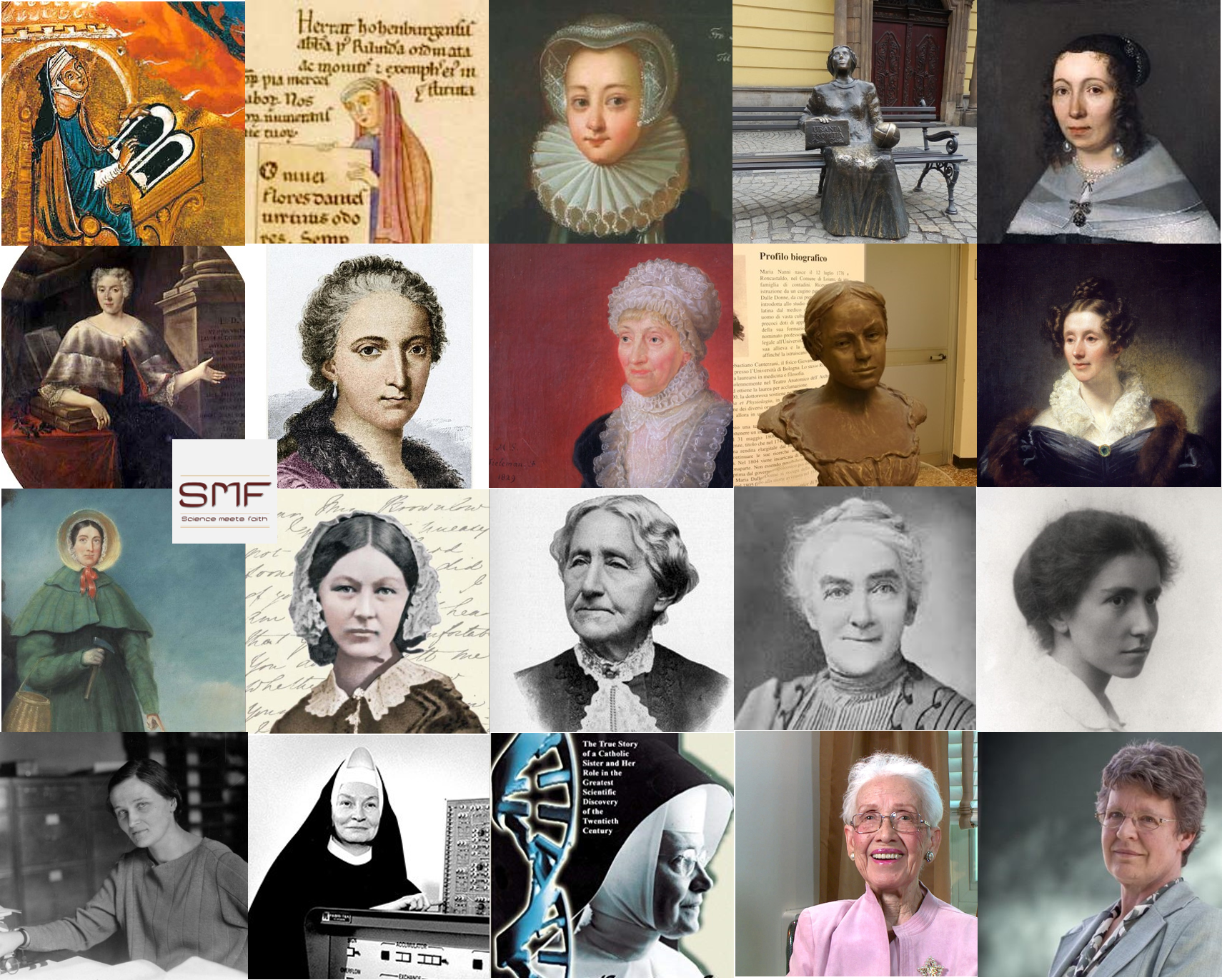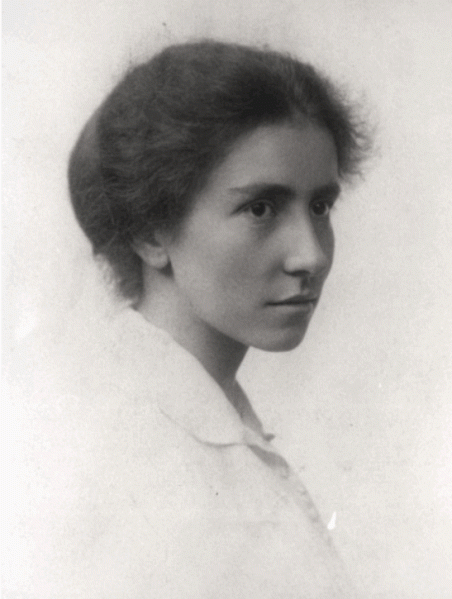I am preparing a talk for the 2024 Conference of the Society of Catholic Scientists, my contribution is titled: “With the Future in Mind: Catholic Women Pioneers in Science”.
The women presented here come from a variety of scientific disciplines and lead lives as diverse as life itself can be, but they all had two characteristics in common: (1) they have had an impact on the science and/or scientific education at their time and (2) their lives were informed, transformed, and inspired by their Catholic faith.
Twenty-four of these women were presented in the 2023 post, and 11 new short biographies have been added.
- Hildegard von Bingen (1098-1179)
- Herrad of Landsberg (1130–1195)
- Laura Bassi (October 1711 – 20 February 1778)
- Maria Gaetana Agnesi (16 May 1718 – 09 January 1799)
- Marie-Anne Lavoisier (20 January 1758 – 10 February 1836)
- Maria Dalle Donne (12 July 1778 – 9 June 1842)
- Agnes McLaren (4 July 1837 – 17 April 1913)
- Agnes Mary Clerke (10 February 1842 – 20 January 1907)
- Therese von Bayern (12 November 1850 – 19 September 1926)
- Marcella O’Grady Boveri (7 October 1863 – 24 October 1950)
- Emily Fortey (1866 – 10 September 1946)
- Eva von Bahr-Bergius (16 September 1874 – 28 February 1962)
- Euphemia Lofton Haynes (11 September 1890 – 25 June 1980)
- Dorothy Annie Elizabeth Garrod (5 May 1892 – 18 December 1968)
- Sr. Hilary Ross (1894 – 30 November 1982)
- Anna Reinach (21 June 1884 – 29 December 1953)
- Sr. Mary Glowrey (23 June 1887 – 05 May 1957)
- Anna Maria Dengel (16 March 1892 – 17 April 1980)
- Hermine Speier (28 May 1898 – 11 January 1989)
- Regina Flannery Herzfeld (December 1904 – November 26, 2004)
- Anneliese Maier (17 November 1905 – 2 December 1971)
- Sr Mary Celine Fasenmyer (4 October 1906 – 27 December 1996)
- Máirín de Valera (12 April 1912 – 8 August 1984)
- Piedad de la Cierva (1 June 1913 – 31 December 2007)
- Sr. Mary Kenneth Keller (17 December 1913 – 10 January 1985)
- Guadalupe Ortiz de Landazuri (12 September 1915 – 16 July 1975)
- Sr. Miriam Michael Stimson (24 December 1913 – 17 June 2002)
- Anne-Marie Staub (13 November 1914 – 30 December 2012)
- Sr. Monica Asman (14 September 1920 – 05 April 2016)
- Kathleen “Kay” McNulty Mauchly Antonelli (12 February 1921 – 20 April 2006)
- Stephanie L. Kwolek (31 July 1923 to 18 June 2014)
- Mary Brück (29 May 1925 – 11 December 2008)
- Gabriella Morreale de Escobar (07 April 1930 – 4 December 2017)
- Wangari Maathai (1 April 1940 – 25 September 2011)
- Angelita Castro-Kelly (26 August 1942 – 07 June 2015)






